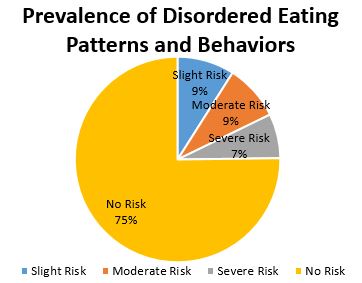Blog
Blog
Dancers - More Power To You!: Video from the 2014 Annual Meeting
Presented by: Jatin P. Ambegaonkar
Watching a dancer perform can be breathtaking and fun. Being a dancer is hard! This is because dancer’s movements often involve jumping and landing. To safely perform these explosive movements, dancers need good power in their lower body (Lower Body Power - LBP). Understandably, 70% of all dance-related injuries are to the lower body. Dancers are also supposed to have better balance than non-dancers. In athletics, sprinters with better strength and power and balance have better performance. In modern dance, aesthetic performance and jump ability are positively correlated to each other. However, research investigating potential interrelationships between LB power and balance among dancers is lacking.
Read ArticleA Welcome Message from the 2015 Annual Meeting Host Committee: Top 10 things to do on your trip to Pittsburgh
Author: Andrea Kozai on behalf of the Host Committee
The Host Committee for the 25th Annual Meeting is incredibly excited to welcome you to Pittsburgh, Pennsylvania! Pittsburgh is a beautiful metropolis in the heart of Steel Country, and has transformed itself from an industrial powerhouse of yesteryear to a vibrant economy based in technology, medicine, and academics. There is lots to do and see, so we thought it would be helpful to share a list of our favorite parts of this city.
Read ArticleThe female athlete triad in college dance students: Video from the 2014 Annual Meeting
Presented by: Amy Avery and Jane Baas
Diet and exercise is an important factor in addressing the health related problems of the estimated sixty seven percent of American adults who are overweight or obese.1 However, diet and exercise can also become a potential problem when mixed with a strong desire to become or maintain a very thin physique. Eating disorders can result from these desires, where harmful behaviors are used to lose weight or maintain a thin appearance.2 When taken to the extreme, the practice of excessive calorie restriction and expenditure can have severe health implications.3
Read ArticleDo Dance Professionals think about their health? Video from the 2014 Annual Meeting
Authors: Derrick D Brown, Matthew Wyon
Although it is recognised that ingesting quality macronutrients enhance dance training and performance, nutrition-related knowledge discrepancies and dietary inadequacies are still prevalent amongst student and elite dancers.
Read ArticleNutrition Research should drive advice and practice: which nutrients should the dancer be updated on and why: Video from the 2014 Annual Meeting
Presented by: Jasmine Challis
This blog looks at the information I presented at the 2013 IADMS conference in Seattle. It looks at an area where there is a lot of controversy and tries to steer a research based path to advise the dancer on current best practice considering the current evidence.
Read ArticlePage 1 of 1
